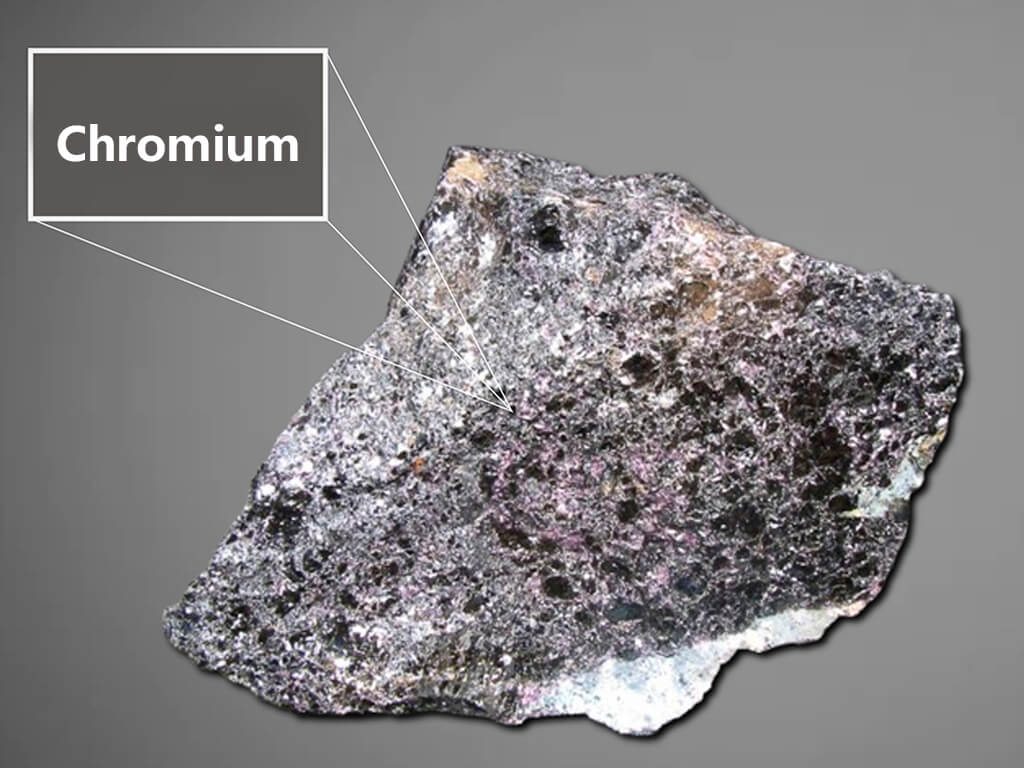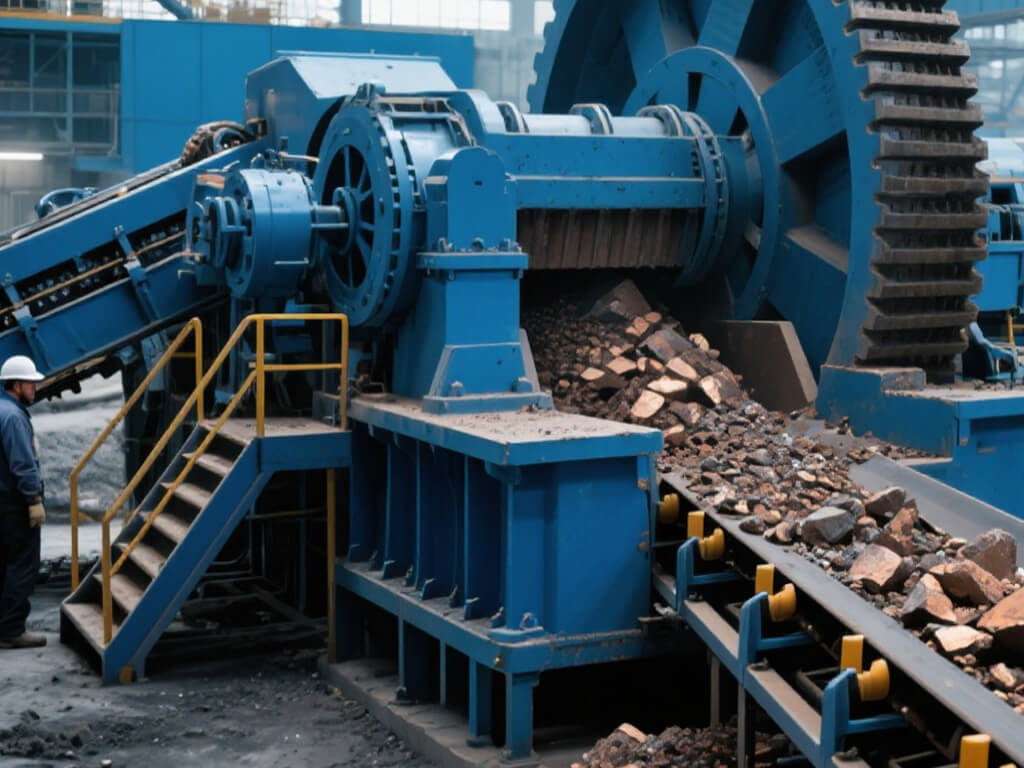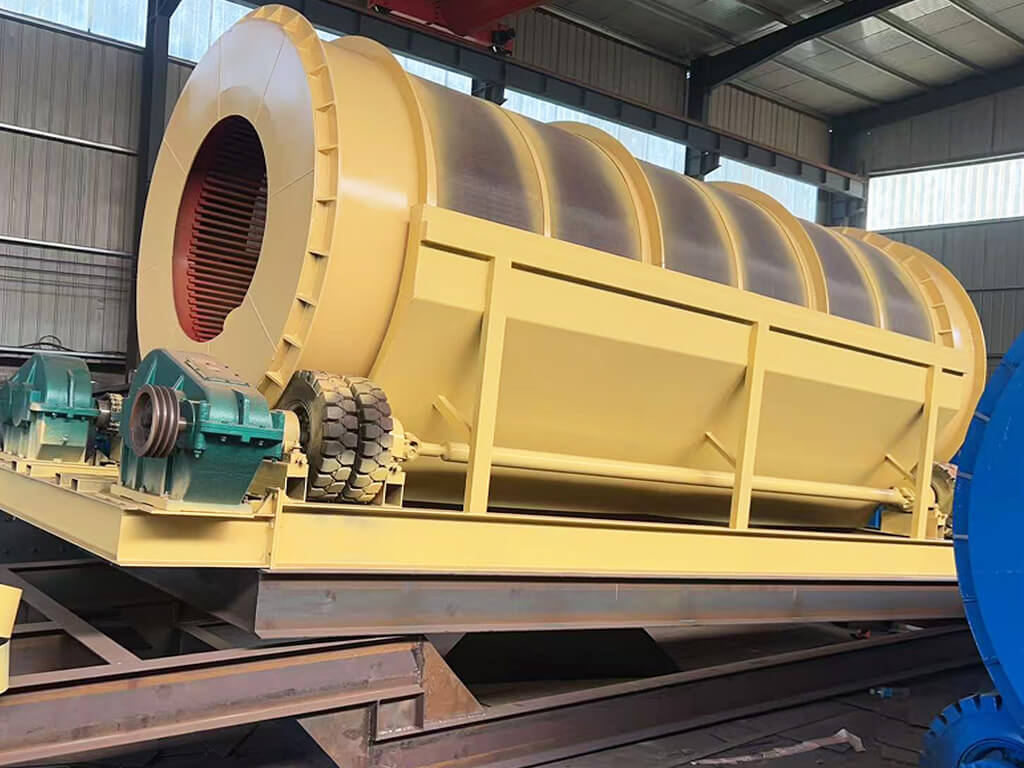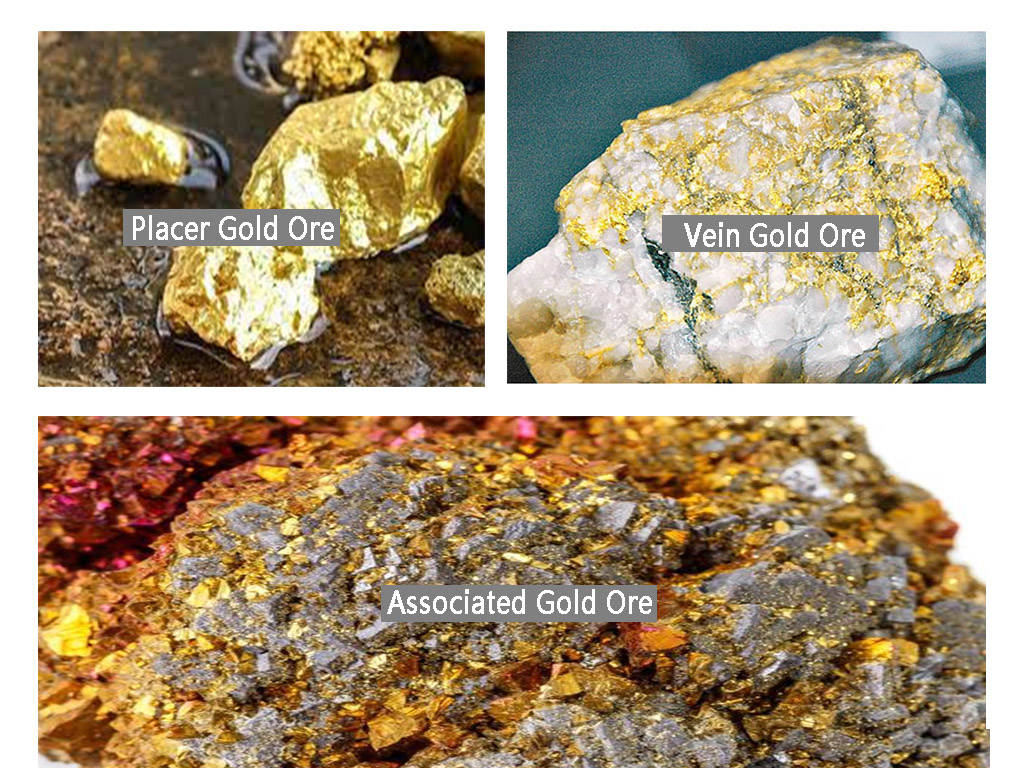- Home
- Blog
- Mineral Solution
- Understanding Electromagnetic Separation: A Comprehensive Guide
- minejxsc
What is Electromagnetic Separation?
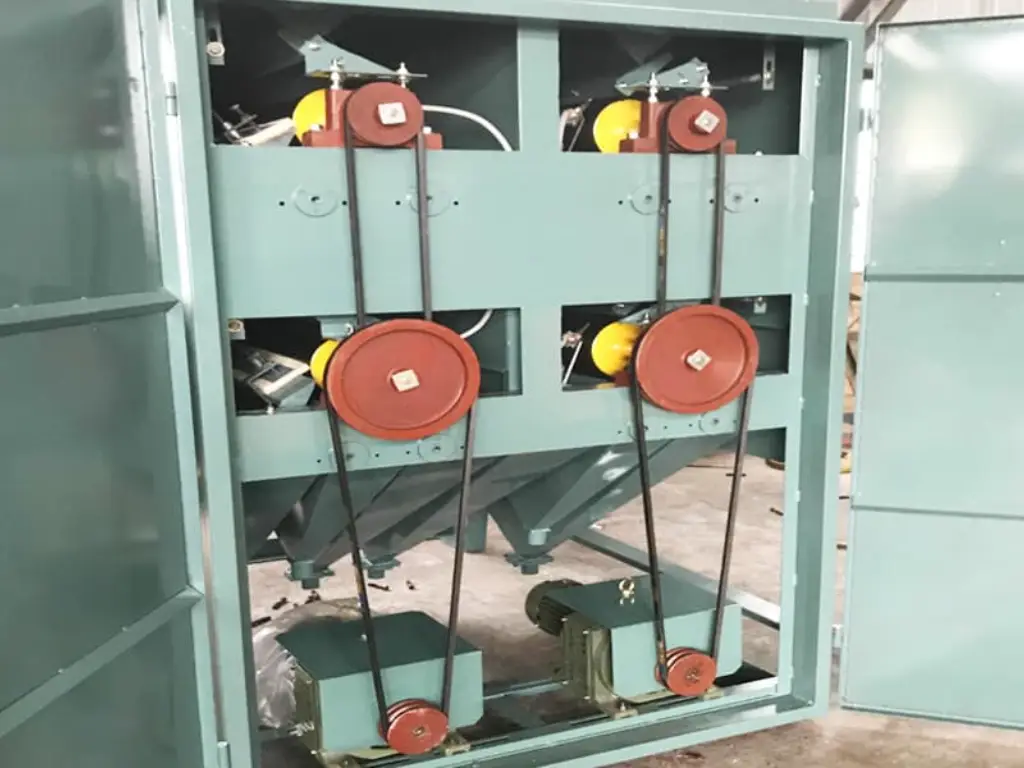
Electromagnetic separation is a technique of sorting particles with the help of an external magnetic field depending on the magnetic nature of the particles. This process starts with a flow of particles passing through a magnetic field. Magnetic materials get polarized and align with the field while non-magnetic particles are not affected and go further. This technique is also known as magnetic separation and is most effective for ferromagnetic materials such as iron, nickel, and cobalt and is used in industries like mining, recycling, metallurgy, and food processing to guarantee the purity and safety of the final product.
Explore the importance of Magnetic Separation in Mineral Processing for efficient extraction of ferromagnetic substances.
Electromagnetic Separation vs. Traditional Methods
| Criteria | Electromagnetic Separation | Traditional Methods |
|---|---|---|
| Efficiency | High efficiency due to direct application of magnetic fields | Often requires multiple steps and more time |
| Precision | High precision in separating magnetic from non-magnetic materials | Precision varies, often less accurate |
| Scalability | Easily scalable for large-scale operations, such as those in the mining industry | Scalability can be challenging and less efficient |
| Cost | Cost-effective in the long run due to reduced processing time and equipment maintenance | Can be more expensive due to multiple processes and higher maintenance costs |
| Environmental Impact | Generally lower environmental impact, especially when using advanced, energy-efficient models | Can have a higher environmental impact due to extensive resource use and potential for waste |
Basic Principles of Electromagnetic Separation
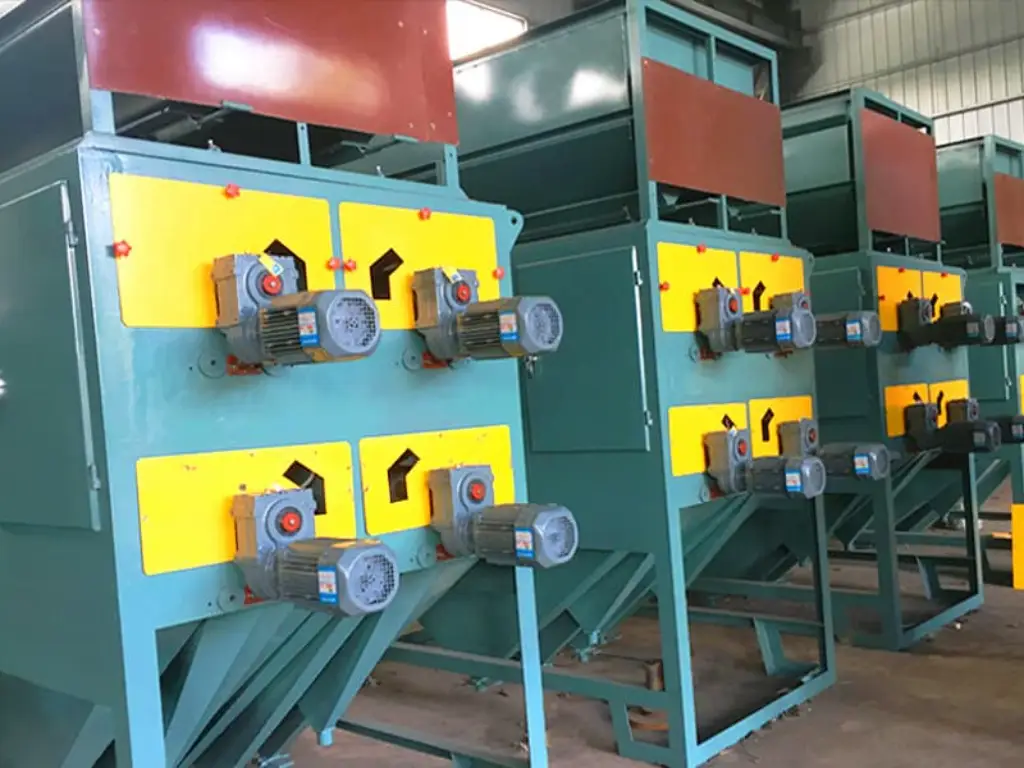
The fundamental concepts of electromagnetic separation are based on the ability to sort materials based on their magnetic characteristics. In this process, magnetic particles in the material align themselves with the magnetic field so that they can be easily separated from non-magnetic particles. This process can be done by dry or wet type of separation depending on the need of the application. However, as a post-processing method, a new dry separation process called electrostatic separation has been suggested which uses the difference in the surface characteristics of particles to enable extraction and separation. It is possible to state that this technology can eliminate the existing disadvantages and enhance the effectiveness of separation operations.
In dry separation, the materials are conveyed through a belt and are passed under a magnetic separator that captures magnetic particles and drops the non-magnetic particles. Wet separation is a process of mixing the materials with water to form a slurry and then passing the slurry through a high intensity magnetic field using magnetic filters. The magnetic particles are separated from the slurry and collected and the non-magnetic particles are left in the water and the final product is of high purity. Both methods are very efficient and can be adapted to meet the specific requirements of a particular industry to achieve the best results in separation.
What is Electromagnetic Separator?
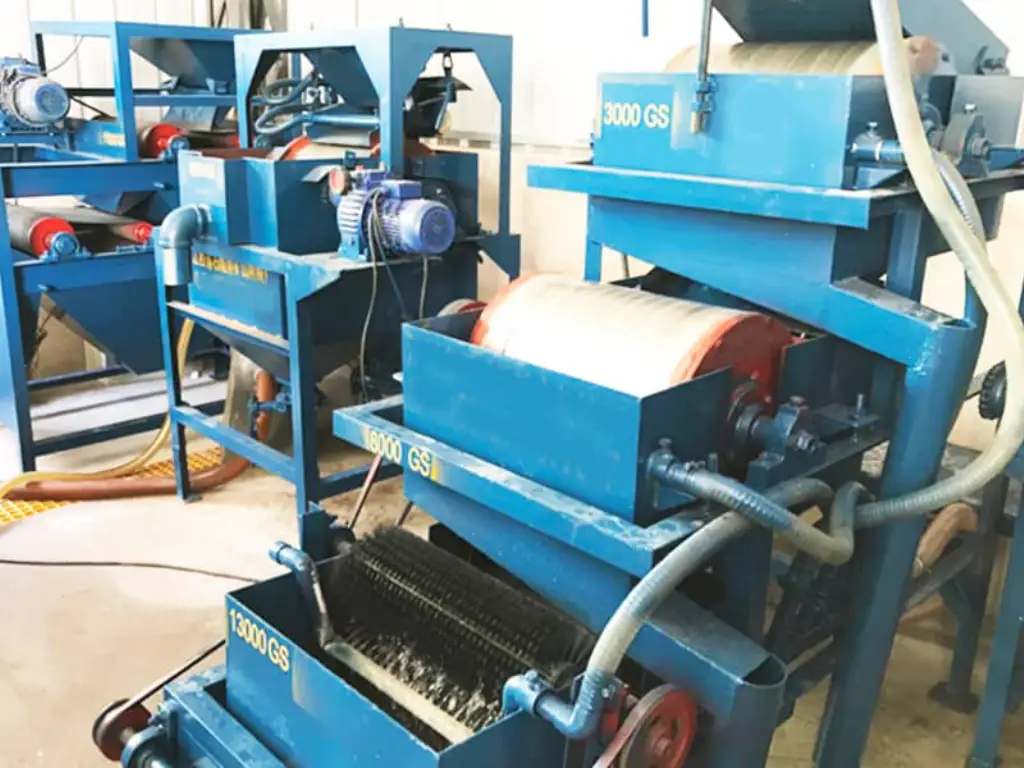
An electromagnetic separator is a complex equipment that is used to separate magnetic particles from non-magnetic ones with the help of an electromagnet. It consists of several parts such as the electromagnet, feeding system which could be a conveyor belt, and the area where the separated materials are to be dumped. The electromagnet produces a powerful magnetic field that pulls and traps ferrous particles from the material flow while non-ferrous materials pass through unaffected. An electromagnetic separator can be of different types depending on the design, like suspended magnets, drum separators, and magnetic pulleys, etc. The fact that the magnetic field strength is variable enables the device to effectively sort out different kinds and sizes of magnetic contaminants.
The efficiency of an electromagnetic separator can therefore be defined by how well it performs the intended task of removing magnetic contaminants. Some of the parameters that are involved include the magnetic field strength, the velocity of the conveyor, and the distance between the magnet and the material stream. These devices are intended for high throughput, low maintenance, and constant use, which greatly improves productivity. The benefits of employing an electromagnetic separator include increased purity of the final product, decreased wear and tear on the processing equipment, and increased safety by preventing metal particles from getting to the next stages of processing.
How to Choose Electromagnetic Separators for Specific needs?
● Material Type: It is important to know the type of material that you want to separate. For example, if you are working with fine particles, it may be necessary to use a high-intensity electromagnetic separator with fine-tuning functions. For detailed insights on material separation methods, click Unlocking the Secrets of Magnetic Minerals to discover more about magnetic minerals.
● Capacity Requirements: Assess the amount of material that you are going to have to go through. In large scale operations, the company might require powerful and high capacity separators to enable the operations to run for long without having to make frequent stops.
● Purity Levels: Decide on the level of purity that is required in the final product. Higher purity levels may require separators with additional features such as variable magnetic field and multiple stages of separation.
● Environmental Conditions: Think about the conditions in which the equipment will be used, such as temperature and humidity, as well as the possibility of using corrosive substances. Select a separator that is strong and made to endure these conditions.
● Cost and Maintenance: Cost and Maintenance: Compare the cost of installation of the system, the cost of running the system and the cost of maintaining the system. If you are looking for a dependable and affordable solution that provides electromagnetic separators of good quality, you might want to visit JXSC. JXSC offers high-quality electromagnetic separators at a reasonable price, which can be a good option to consider for long-term use and cost-effectiveness.
Environmental Impact of Electromagnetic Separation
In general, electromagnetic separation is regarded to be less hazardous to the environment in comparison with other methods of separation. This is due to the fact that it consumes less energy and also minimizes on the amount of waste materials that are produced. Since electromagnetic separators focus on the magnetic particles, they reduce the number of steps required to sort the materials, which are usually time-consuming and require more energy and produce more waste. In addition, the innovation has made it possible to design separators that are energy efficient and emit less, for instance, thermal diffusion.
Conclusion
The field of electromagnetic separation is still developing and new technologies are being introduced with the goal of increasing the efficiency, decreasing the environmental effects, and expanding the uses. Some of the recent developments include the high-gradient magnetic separators that are more flexible and stronger as well as different magnetic fields for various uses. Also, to enhance separation efficiency, researchers are working on the application of superconducting magnets and coils in order to generate stronger magnetic fields. These innovations are making electromagnetic separation applicable in new industries and new applications hence making it relevant in the future.
Enhance Efficiency with JXSC's Cutting-Edge Separators
JXSC Mine Machinery Factory is one of the leading manufacturers of electromagnetic separators that can be customized to fit different industries’ requirements. JXSC was founded in 1985 and has been providing quality and efficient mining equipment such as electromagnetic separators up to date. These devices are intended to provide better performance, to process both dry and wet materials, and to provide high purity of the separated materials.
The key success factor that differentiates JXSC is its focus on customers and technology. The company’s separators include features such as variable magnetic field strengths and durable construction to suit the industrial applications. JXSC is a reliable partner for businesses that want to improve their material processing with the help of professional services and tools.
FAQs
Who led significant advancements in magnetic separation at Berkeley?
Ernest Lawrence, a physicist at the University of California, spearheaded major developments in magnetic separation methods at the Lawrence Berkeley National Laboratory. His work also helped in the advancement of mass spectrometry and the enrichment processes.
What process separates lighter isotopes of uranium?
Electromagnetic separation is a process that is used to separate lighter isotopes of uranium, for example, U-235 from U-238. This technique uses electric and magnetic fields to sort the isotopes according to their mass to charge ratio. It was used during the Manhattan Project as one of the key parts of the uranium enrichment process.
What stages were involved in uranium enrichment?
There were two key processes, the first one known as ‘alpha’ and the second one ‘second stage beta.’ These processes successively raised the concentration of the required isotope, U-235. The second stage beta was especially aimed at the purification of isotopes to the required levels of enrichment.
What safety considerations should be taken when using electromagnetic separators?
Some of the safety measures that should be observed when using electromagnetic separators include; proper earthing of the equipment, frequent checking and servicing of the separator, wearing protective gear and adequate orientation of the operators. These measures assist in avoiding mishaps and guarantee the proper and safe use of the equipment.

